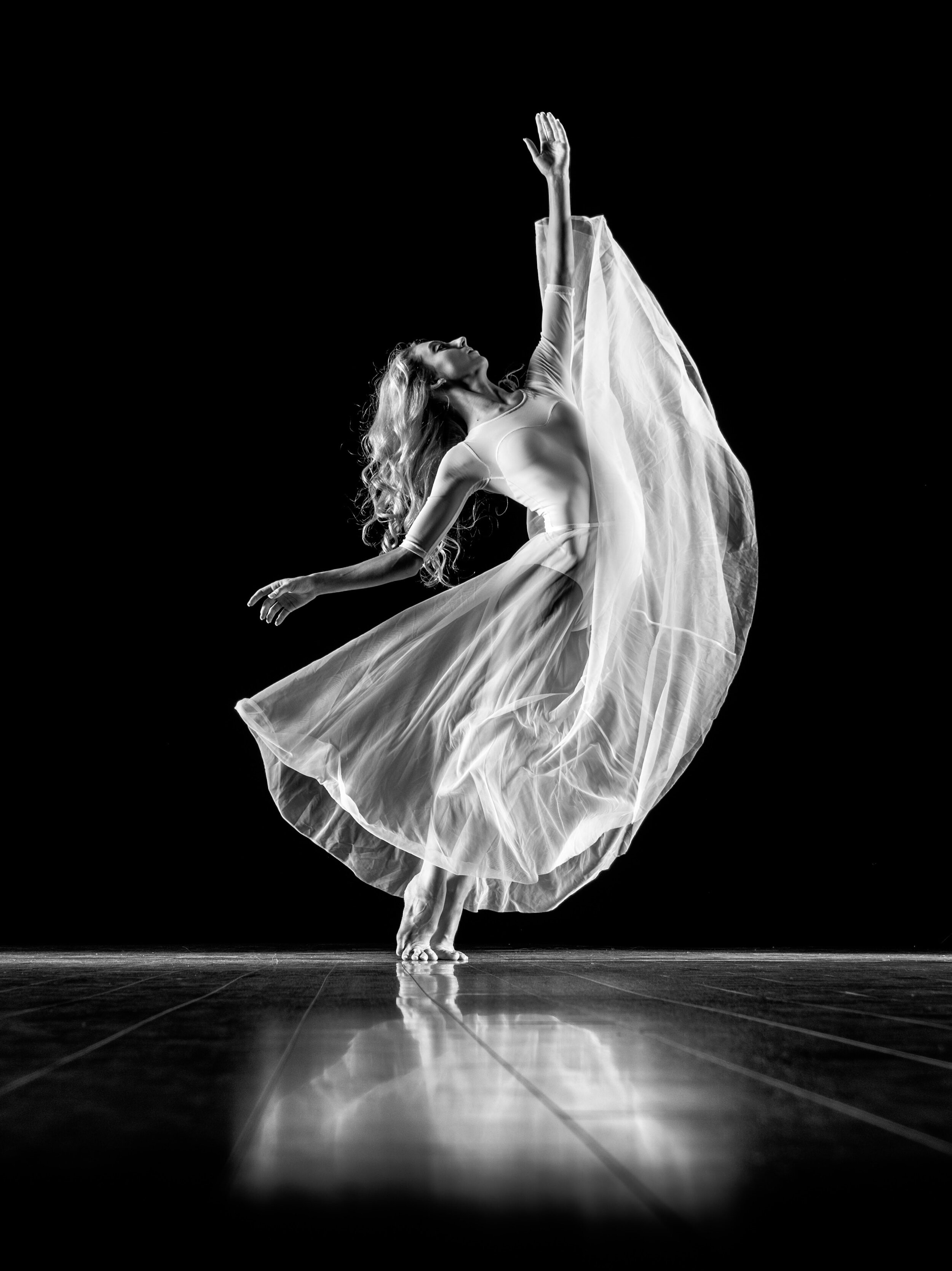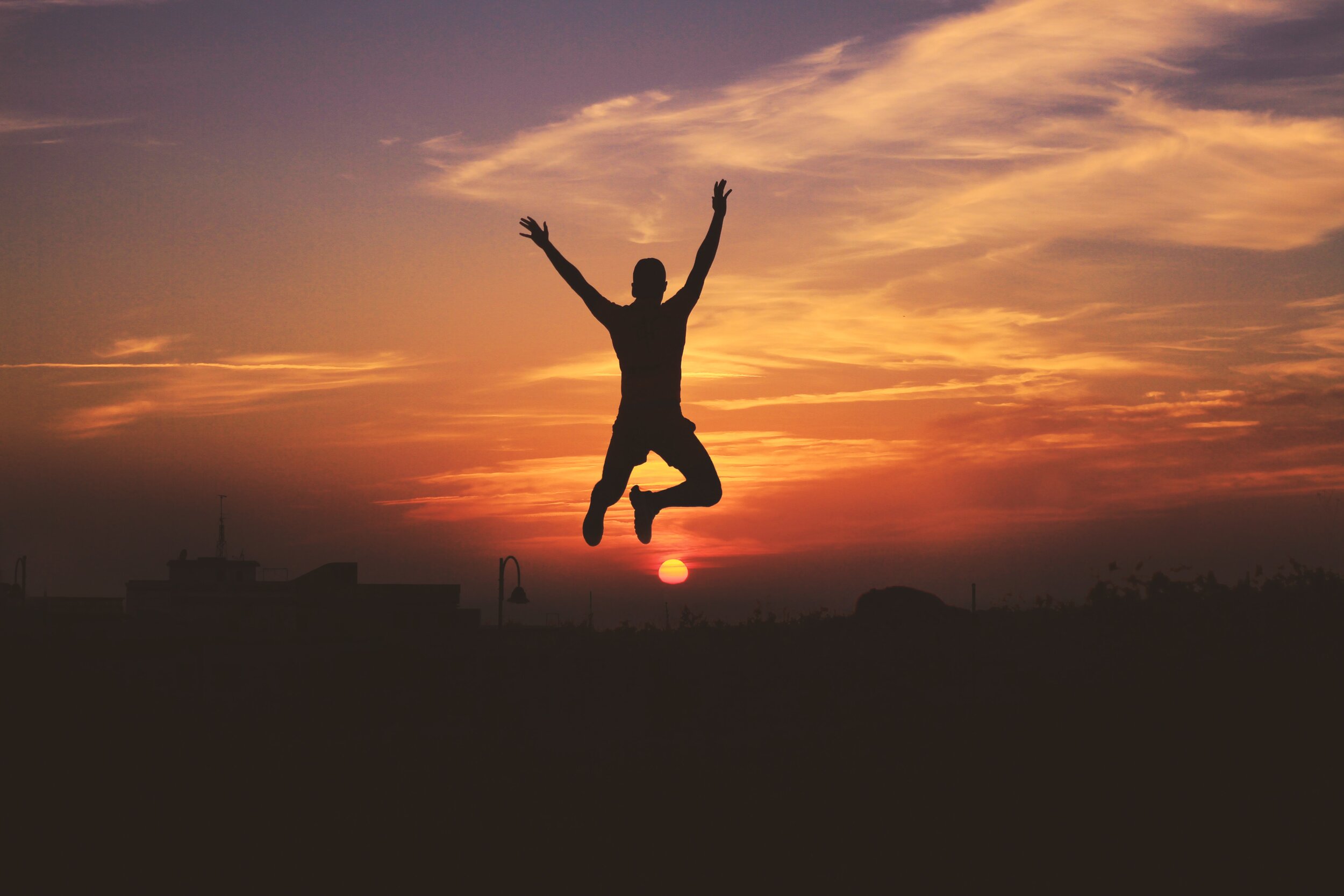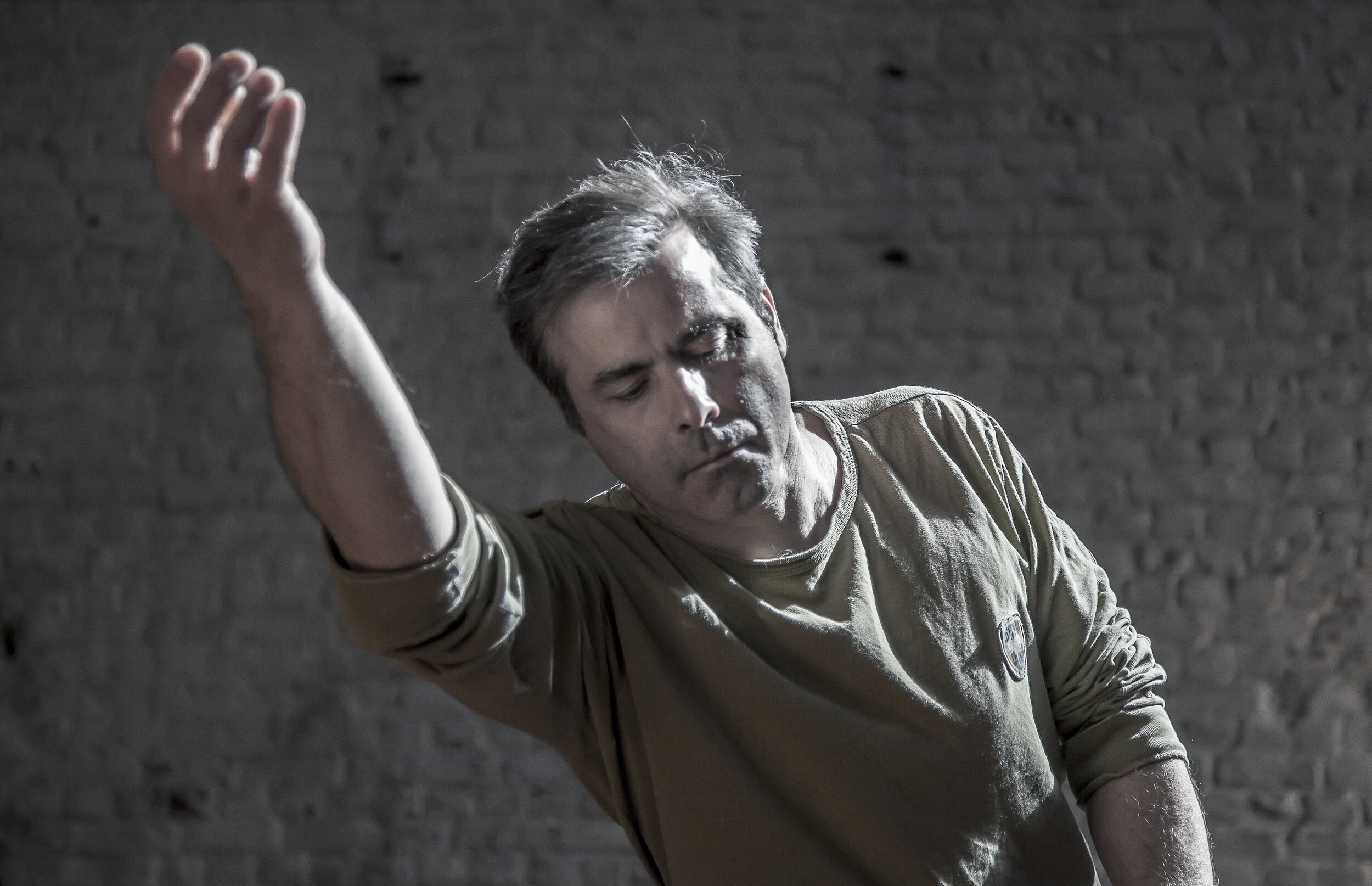What is Feldenkrais?
"The aim is a body that is organized to move with minimum effort and maximum efficiency, not through muscular strength, but increased consciousness of how it works.” – Moshe Feldenkrais
First let’s explain how to pronounce the name. Feldenkrais -sounds like Feldenkrise. The Feldenkrais® Method is using movement combined with focused awareness with unique and varied movements that you do within your comfort range. There is intermittent resting to ensure your movement is being processed to allow a dialogue between your nervous and muscular system. It creates a new loop in the mind-body dialogue. Today scientists call this process “neuroplasticity” which is the brain’s amazing ability to create new neural pathways. As we acquire an understanding that more efficient patterns of movement exist, we create new options for ourselves that can improve the quality of not only our movement but of our lives as well.
Dr. Moshe Feldenkrais created the method, through a combination of his scientific background in physics, his martial arts background interweaving biomechanics, and an empirical understanding of learning and childhood development.
What is the format?
There are two different modalities in this method. Movement lessons, called Awareness Through Movement® (“ATM” ® ) that you can do in class in various configurations, but usually on the floor. Of course currently we do the classes on zoom virtually and still have a wonderful sense of community, you can also listen to the recording of class at a later time at your convenience so you never miss a class.
The second modality is Functional Integration (“FI”), The FI sessions consist of a one-on-one, hands-on approach with Jacquelyn, typically while you lie on a table. Both modalities involve movements with focused awareness to provide a learning process for more coordinated and efficient movement. The goal is a more flexible mind for a smarter body.
"When you give the body one taste, you learn it better than with a thousand explanations." – Dr. Moshe Feldenkrais
“I wanted to alleviate the high anxiety that western medical doctors had not been able to cure for me. I did not want to live the rest of my life with episodic discomfort and fear. Jackie identified the Feldenkrais breathing tools that provided the ladder out of the rabbit hole I found myself. I was thrilled!“
— Anonymous
“As a former endurance athlete, I sustained shoulder and knee injuries from overuse that have been painful and prevented me from training ever since. In trying to remedy those losses, I’ve learned that the path to healing isn’t won by pushing through. ‘It’s won by learning to really listen to your body and respect what it needs.’ To learn that I haven’t found anything more helpful than Feldenkrais. And when it comes to Feldenkrais, I haven’t found a more sensitive, effective, or caring teacher than Jackie.”
— Andy S.

“What I am after isn’t flexible bodies, but flexible brains. What I am after is to restore each person to their human dignity.”
- Dr. Moshe Feldenkrais
Who is The Feldenkrais Method for?
“It is not important to be better than somebody else, but to better than yesterday.” - Jigorto Kano, founder of Judo. He chose Dr. Moshe Feldenkrais to introduce Judo to the Western world.
“I see and I forget; I hear and I remember; but when I do, I understand.” - Dr. Moshe Feldenkrais often quoting a Chinese Proverb
The short answer is that it is for everyone. People of all stripes: adults, seniors, teenagers, children or professionals seeking improvement in their performance.
It is for anyone seeking:
More comfortable movement in their daily life
Better coordination
Better balance
A reduction of tension, discomfort or pain
An alleviation of effort exerted on a day-to-day tasks
An enhancement in performance for hobbies or recreational or professional endeavors such as athletes, dancers, actors, singers, and musicians…
Improved hand-eye coordination
Less eye strain (from being on the iPhone, the computer….)
Less neck discomfort
Anxiety management
Improved energy because they are chronically exhausted with no known medical issue
Also, toddlers and children not reaching their milestones, or those with special needs.
“I have gained immeasurable benefit from Jackie’s Feldenkrais sessions. I would recommend these classes to anyone, no matter what physical issues you may have.”
— John E.
What is the benefit of doing the Feldenkrais method?
Coordinated movement can perk up an exhausted person while it simultaneously calms a nervous person because “nature strives for balance which benefits the harmony of all things…” - Ruthy Alon
“Moshe was looking to further human maturity, to encourage adult learning, to empower people to live their dreams, to change their way of seeing and interacting. “ - David Kaetz author of Making Connections Roots & Resonance in the Life and Teachings of Moshe Feldenkrais.
Both ATM classes and FI sessions, provide an environment for child-like curiosity of self-discovery to blossom again. Students explore themselves and recognize where they may be holding excess muscle tension that they may not have discerned before. Once they sense this chronic pattern of habitual tension, discomfort and even pain may ease. Realizing that there are other options in our movement patterns allows us to change our habitual pattern(s) which in turn improves our function in our daily life. This allows our neuro muscular system to realign for a more efficient and organized movement, changing our physical self-image of ourselves. This change in our physical self-image can ripple through our rational, emotional and spiritual life.
Since how we move, is how we move through life, changes in your physical movements can enhance our thinking, emotional regulation and the ability to manage stressors to improve our quality of life.
You may also increase your:
Coordination
Range of motion
Balance
Efficiency
Grace in movement
Problem solving abilities
Options for movement,
Ease of relating to yourself and others.
Performance for elite professionals
Support for neurological conditions
Ease in breathing
Additionally, you may manage and decrease your discomfort and pain while providing yourself with preventative care.
“Jackie’s ATM class is so lovely she has a way of guiding with such kindness and patience and ease while instructing. It's a joy to learn from her.” “I always leave feeling calmer and in touch with my movement. Other than being a calming weekly practice, it feels like such a place of connection and community. The atmosphere she builds is one of learning, curiosity, respect, and exploration. Love these classes!”
— Ilana H.
“ I am ever grateful as my muscles and joints are working together in new ways that have improved my daily life and sleep.”
— Roz F

“Movement is life. Life is a process.
Improve the quality of the process and
you improve the quality of life itself.”
-Dr. Moshe Feldenkrais






